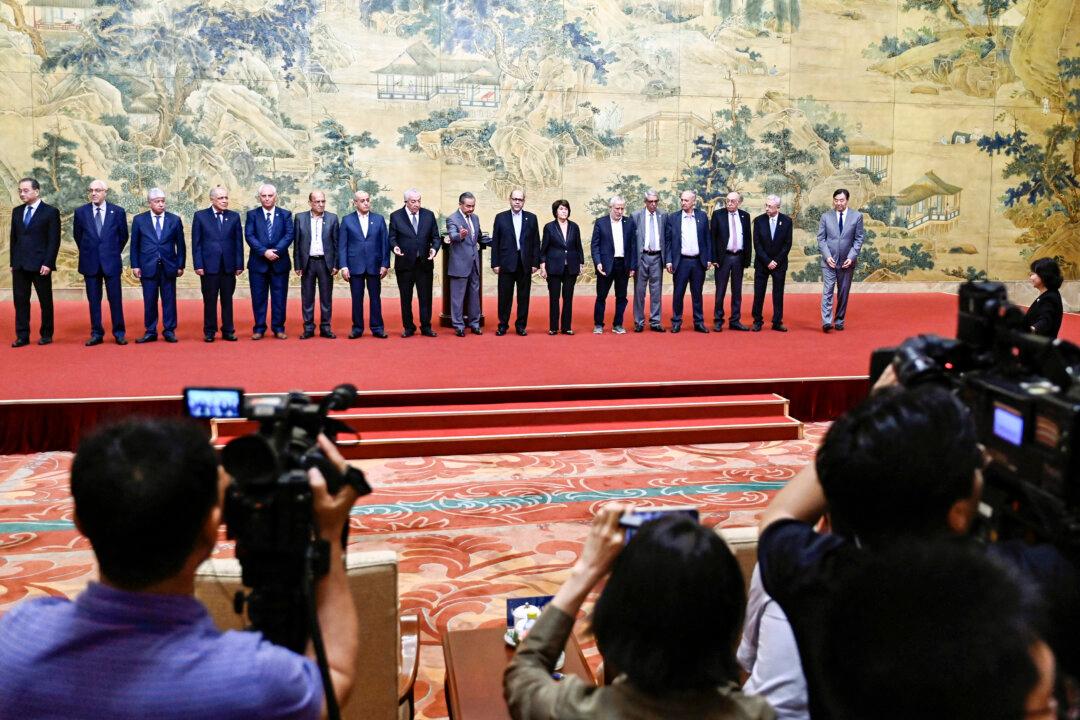While the U.S. government attempts to unwind its reliance on Huawei networking equipment, the dimensions of Huawei’s threat to U.S. intelligence and technology IP continues to grow. In fact, according to Gary Frost, former Chief Technical Officer of NexGenEx Telecom Equipment and current CTO/Managing Partner of FastPath NexGenEx Global Networks, the risk has risen to a whole new level, which may well post a great challenge to the U.S. anti-Huawei policy.
China’s Big Play in Latin America
Last week at the Summit in Santiago, Chile, the Huawei Cloud Partner Network (HCPN) program was initiated. This most recent venture from China’s biggest telecom and infrastructure provider already has 36 Huawei-certified cloud partners throughout its Latin American network. More importantly, the HCPN will provide its partners with a variety of go-to-market support, including business, technical, and marketing services, all via the Huawei Cloud.And therein lies the biggest risk of all—at least that we know of.





